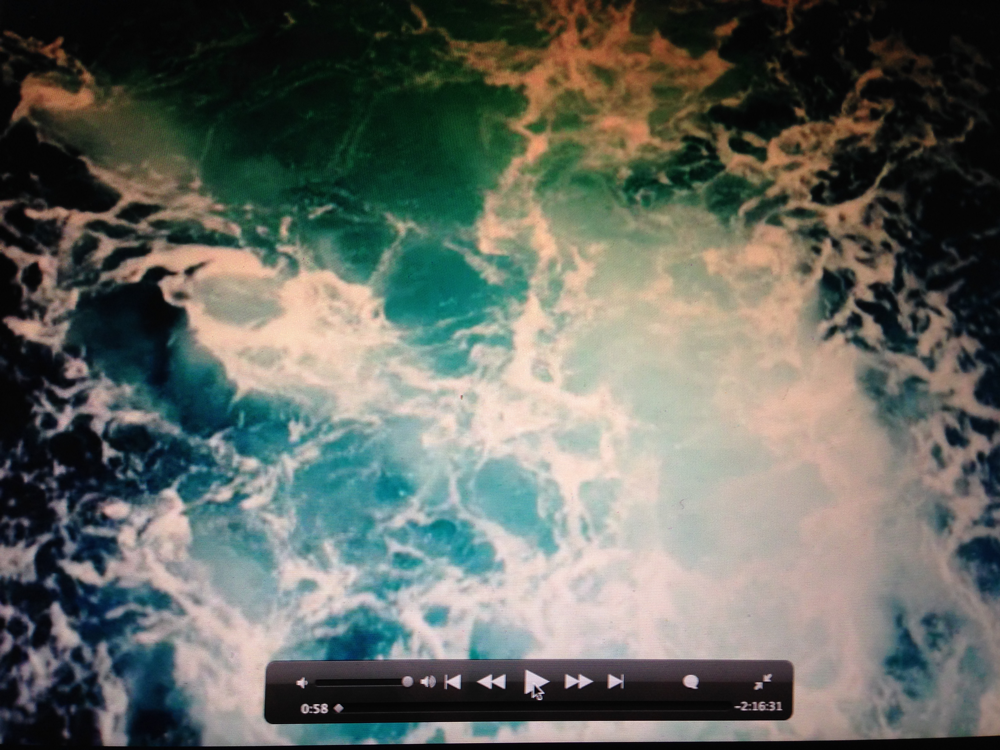On craftsmanship, the right tools, and cinematic storytelling.

Cults hold a special fascination for me. I was in one once, from the tender ages of 16 to 24, but that’s another blog post entirely. A novel, actually, but before I even begin, I digress.
I use the meaning of a certain color, contrast, or diagonal in the frame to manipulate or channel the audience’s feelings. – Mihai Mălaimare, Jr.,
ONFILM Interview
Watching Philip Seymour Hoffman in The Master was especially compelling, given the story line centers on a 1950s cult. Philip played Lancaster Dodd, the cult’s leader, and in this film in particular, more so than in any other film I’ve seen, the camera also played a leading role. The creative genius of Romanian cinematographer Mihai Mălaimare, Jr. and director Paul Thomas Anderson, Mălaimare’s photography work was crucial to the film’s storytelling, achieving critical acclaim:
Anderson’s choice to shoot THE MASTER with the now exceedingly rare 65mm film stock. From the start, he knew he wanted a distinctive period look – and after immersing himself in the vibrant tones and textures of such 50s cinematic classics as VERTIGO and NORTH BY NORTHWEST, Anderson hoped to mirror that supersaturated lushness, merging it with his own signature style of stark lyricism. With imagery spanning from the roaring sea to the shadows and light at play within the characters, 65mm seemed a perfect match for the broad contours of the story.
and
He goes on: “We started shooting with a 65mm Studio Camera and everything we were seeing started to feel very right. It gives you a wonderful, strong image, but more than the resolution or anything like that, it simply seemed to suit this story and these characters. Things could feel antique without feeling precious or a re-enactment of a particular style. It’s hard for me to describe it other than to say, it felt right.”
JoAnne Sellar felt similarly. “It was so fitting for a film like this with so much visual texture,” she says. “But it was also a real learning process because a lot of the knowledge of working with 65mm has been lost. There were considerable challenges involved. We were only able to find three Panavision cameras, so it was challenging when they broke down, and the lab process is also very complicated.” – From Photography of “The Master” in 65mm
What is the equivalent of camera equipment, film format, and lighting choices in influencing the stories we weave via interaction design? What is our equivalent in terms of tools and craftsmanship?
